解説 / Description
アカネハナゴイは、太平洋のサンゴ礁に生息する小型で非常に美しいハナダイです。雌はオレンジ色、雄はより濃い赤色で、特に雄の大きな赤い背鰭が特徴的です。温和な性格ですが臆病な一面もあり、飼育にはその性質への理解が不可欠です。本種の飼育における最大の課題は、高い代謝率を支えるための1日複数回の給餌と、致死率が非常に高いウロネマ症への対策です。これらの条件を満たすことで、水槽内で優雅な群泳を楽しむことができます。 The Peach Fairy Basslet (*Nemanthias dispar*) is a small and exceptionally beautiful anthias from the Pacific coral reefs. Females are orange, while males are a deeper red, distinguished by a large red dorsal fin. They are peaceful but timid, and understanding their nature is crucial for their care. The greatest challenges in keeping this species are the need for multiple daily feedings to support their high metabolism and preventing the highly fatal disease Uronema. Meeting these requirements allows for the enjoyment of their elegant schooling behavior in the aquarium.
基本情報 / Basic Information
| 学名 / Scientific Name | Nemanthias dispar (Herre, 1955) |
|---|---|
| 通称 / Common Name | アカネハナゴイPeach Fairy Basslet, Redfin Anthias |
| 分類 / Family | ハタ科 ハナダイ亜科 (Serranidae, Anthiinae)Serranidae, Anthiinae |
| 英名 / English Name | Peach Fairy Basslet, Redfin Anthias, Orange Anthias |
| 分布 / Distribution | 西部太平洋(日本の八重山諸島からグレートバリアリーフ、サモアなど)Western Pacific (from the Yaeyama Islands of Japan to the Great Barrier Reef, Samoa, etc.) |
| 最大体長 / Max Size | 約10cmApprox. 10 cm |
| 寿命 / Lifespan | 約3〜5年Approx. 3-5 years |
飼育環境 / Aquarium Environment
| 水槽サイズ / Tank Size | ハーレム(群れ)で飼育する場合、最低でも470リットル以上の大型水槽が推奨されます。臆病な性格のため、十分な遊泳スペースと隠れ家が必要です。飛び出し事故が多いため、隙間のない蓋は必須です。For keeping a harem (group), a large tank of at least 470 liters (125 gallons) is recommended. Due to their timid nature, ample swimming space and hiding places are necessary. A tight-fitting lid is essential as they are prone to jumping. |
|---|---|
| 水温 / Temperature | 22℃〜28℃ (24℃〜26℃が理想) |
| 水質 / Water Quality | 比重: 1.020-1.025, pH: 8.1-8.4。高水温に弱いため、夏場はクーラーによる水温管理が望ましいです。Specific Gravity: 1.020-1.025, pH: 8.1-8.4. They are sensitive to high temperatures, so a chiller is advisable in summer. |
| レイアウト / Layout | 潮通しの良いリーフ環境を模倣し、隠れ家となる複雑なライブロックと広大な遊泳スペースを両立させます。中程度から強めの水流が好ましいです。Mimic a reef environment with good water flow, balancing complex live rock for hiding with vast open swimming space. Moderate to strong water flow is preferred. |
| 注意点 / Precautions | サンゴや他の無脊椎動物に害を与えない、完全にリーフセーフな魚です。A completely reef-safe fish that will not harm corals or other invertebrates. |
餌と給餌 / Feeding
| 餌の種類 / Diet | 動物プランクトン食性。冷凍のイサザアミ、栄養強化されたブラインシュリンプ、コペポーダ、ワムシ、高品質な人工飼料(小粒)などを多様に与えます。Zooplanktivore. Feed a varied diet of meaty foods such as frozen mysis shrimp, enriched brine shrimp, copepods, rotifers, and high-quality small-pellet artificial foods. |
|---|---|
| 給餌のポイント / Feeding Tips | 【最重要】高い代謝率を支えるため、1日に最低3〜5回の少量給餌が不可欠です。給餌不足は「餓死シンドローム」を引き起こし、飼育失敗の最大の原因となります。自動給餌器やリフジウムの活用が強く推奨されます。[CRITICAL] To support their high metabolism, feeding small amounts at least 3-5 times per day is essential. Insufficient feeding leads to “starvation syndrome” and is the primary cause of mortality. The use of automatic feeders and refugiums is highly recommended. |
性格と混泳 / Temperament and Tank Mates
| 性格 / Temperament | 温和ですが非常に臆病で、攻撃的な魚にいじめられやすい性質です。ハーレムを形成する社会性を持ちます。Peaceful but very timid, and easily bullied by aggressive fish. Possesses a social nature, forming harems. |
|---|---|
| 混泳の相性 / Compatibility | 雄1匹と雌3匹以上のハーレム飼育が理想です。カクレクマノミやハタタテハゼなど、温和な魚との混泳が適しています。気の強いスズメダイやベラ、ニセスズメなどとの混泳は避けるべきです。Ideal setup is a harem with one male and three or more females. Suitable tank mates include peaceful fish like clownfish and firefish. Avoid aggressive species like certain damselfish, wrasses, and dottybacks. |
病気と対策 / Diseases and Prevention
| かかりやすい病気 / Common Diseases | 【最重要警戒】ウロネマ症に非常に罹患しやすく、一度発症すると治療は極めて困難です。体表に赤い潰瘍が現れた時点では手遅れの場合が多いです。その他、ブルックリネラ症や細菌感染症にも注意が必要です。[CRITICAL WARNING] Extremely susceptible to Uronema marinum, which is very difficult to treat once contracted. It is often too late by the time red ulcers appear on the body. Also be cautious of Brooklynellosis and bacterial infections. |
|---|---|
| 対策と予防 / Prevention | 病気予防が最も重要です。致死性の病気を水槽に持ち込まないため、導入前の厳格な検疫が絶対に不可欠です。ウロネマ症対策として、検疫期間中にホルマリン浴などの予防的処置を行うことが強く推奨されます。Prevention is paramount. A strict quarantine for new arrivals is absolutely essential to avoid introducing deadly diseases. Prophylactic treatments like formalin baths during quarantine are strongly recommended as a countermeasure against Uronema. |
増やし方(繁殖) / Breeding
| 繁殖形態 / Reproduction | 雌性先熟の雌雄同体。ハーレム内の優位な雄が不在になると、最も優位な雌が雄へと性転換します。Protogynous hermaphrodite. If the dominant male in a harem is lost, the most dominant female will transition into a male. |
|---|---|
| 繁殖のポイント / Breeding Tips | 飼育下での繁殖は専門家レベルで非常に困難です。最大の難関は仔魚の育成で、初期飼料として微小なコペポーダの幼生が必須となります。Breeding in captivity is extremely difficult and at an expert level. The biggest hurdle is raising the larvae, which require microscopic initial food like copepod nauplii. |
特徴的な行動と豆知識 / Behavior and Fun Facts
| 特徴 / Characteristics |
【分類の変遷】本種はかつて*Pseudanthias*属に分類されていましたが、近年の研究により*Nemanthias*属に再分類されました。そのため、古い情報では旧学名で記載されていることがあります。 【雌雄の見分け方】雌雄の判別は容易で、雄は全体が赤みがかり、特に背鰭が大きく鮮やかな赤色に染まります。一方、雌はオレンジ色で、目の下にピンク色の線が入るのが特徴です。 【雄の背鰭】雄が求愛や威嚇の際に広げる大きな背鰭は、その個体の健康状態や社会的地位を示すバロメーターにもなります。健康でストレスのない優位な雄ほど、頻繁に鰭を広げ、色彩も鮮やかです。 【Taxonomic Changes】This species was formerly classified in the genus *Pseudanthias*, but recent research has reclassified it into the genus *Nemanthias*. Therefore, older sources may list it under its former scientific name. 【Sexual Dimorphism】Sexing is straightforward: males are reddish overall, with a notably large and vibrant red dorsal fin. Females are orange and have a characteristic pink line under the eye. 【Male’s Dorsal Fin】The large dorsal fin that males display during courtship and threat displays also serves as a barometer of the individual’s health and social status. A healthy, stress-free, dominant male will display its fin more frequently and with more vibrant color. |
|---|
まとめ / Conclusion
アカネハナゴイは、その繊細な美しさで多くの人を魅了しますが、長期飼育には相応の覚悟と知識が求められます。成功の鍵は、彼らの自然生態に根差した「頻繁な給餌」と「予防的な健康管理」という二つの柱への揺るぎない取り組みです。 The Peach Fairy Basslet captivates many with its delicate beauty, but its long-term care demands considerable commitment and knowledge. The keys to success are an unwavering commitment to two pillars rooted in their natural ecology: “frequent feeding” and “proactive health management.”
これらの要求に応えられる献身的な飼育者にとって、アカネハナゴイの群れが水槽内を優雅に舞う姿は、サンゴ礁の躍動的な一片を自宅に再現するという、比類なき報酬となるでしょう。For the dedicated aquarist who can meet these demands, the sight of a school of Peach Fairy Basslets gracefully dancing through the tank is an unparalleled reward—recreating a vibrant piece of the coral reef at home.
▶ 記事の生体をAMAZONで買う ▶ 記事の生体をYahooで買う

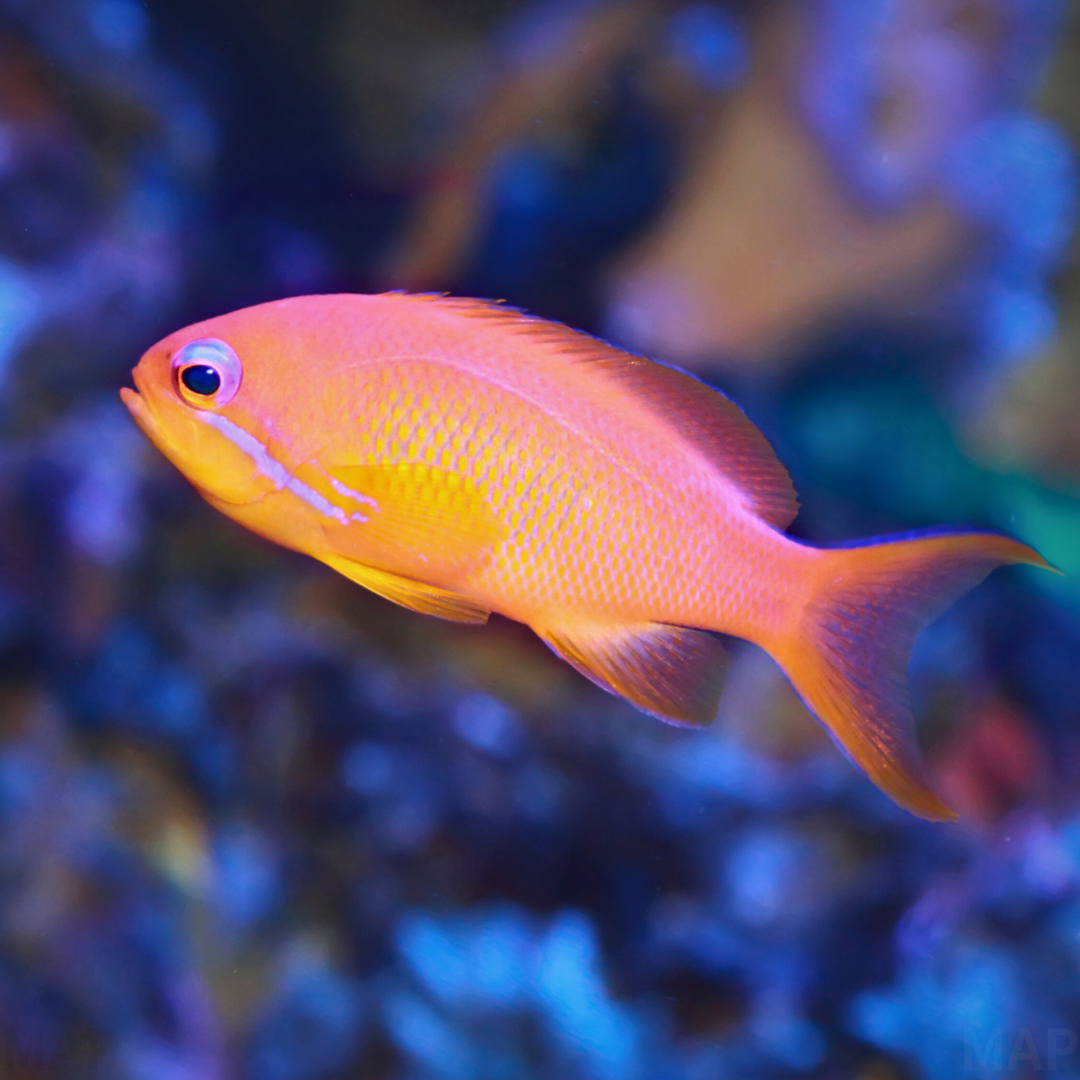






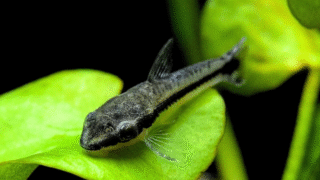
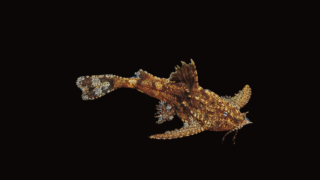
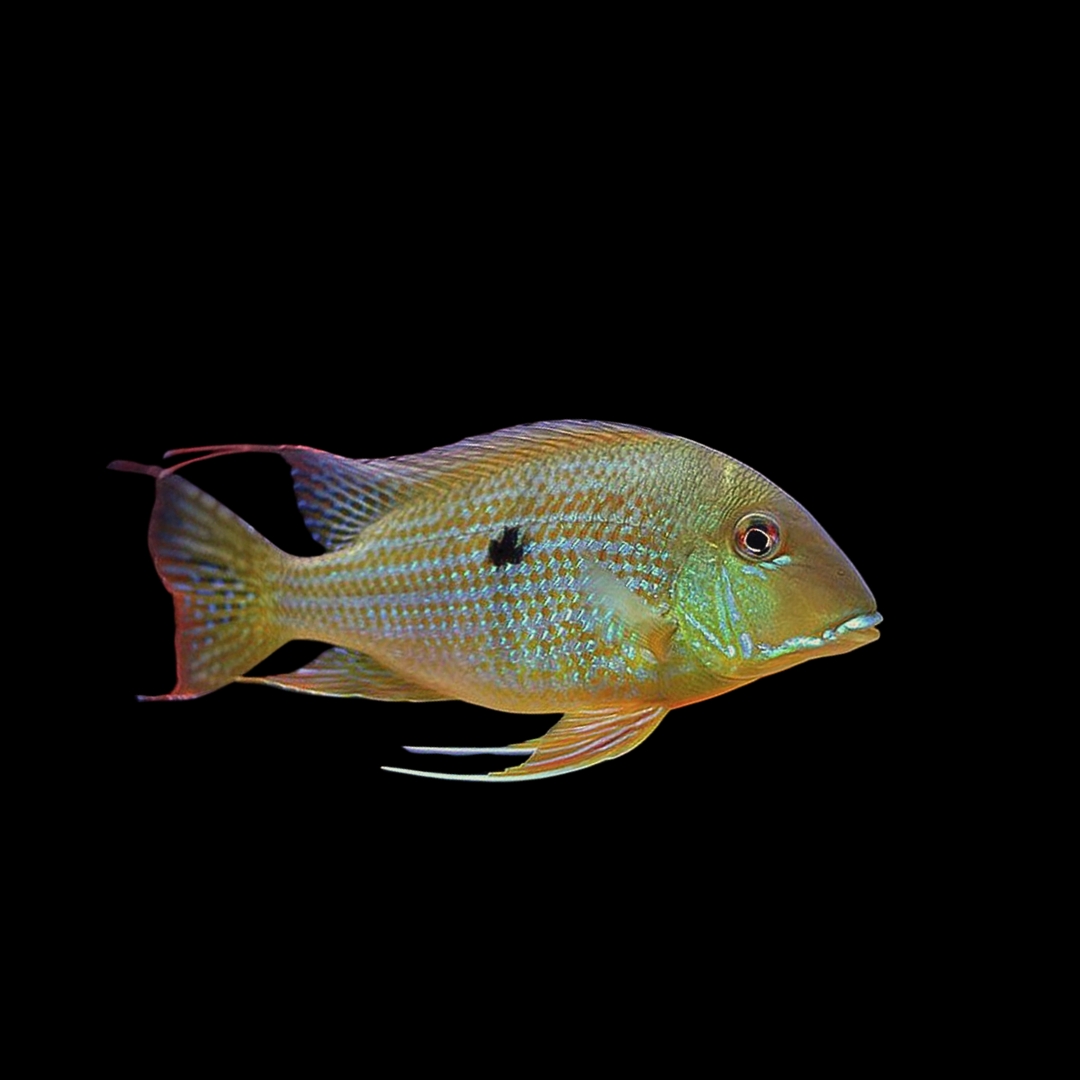
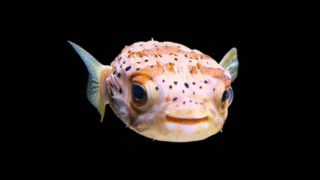
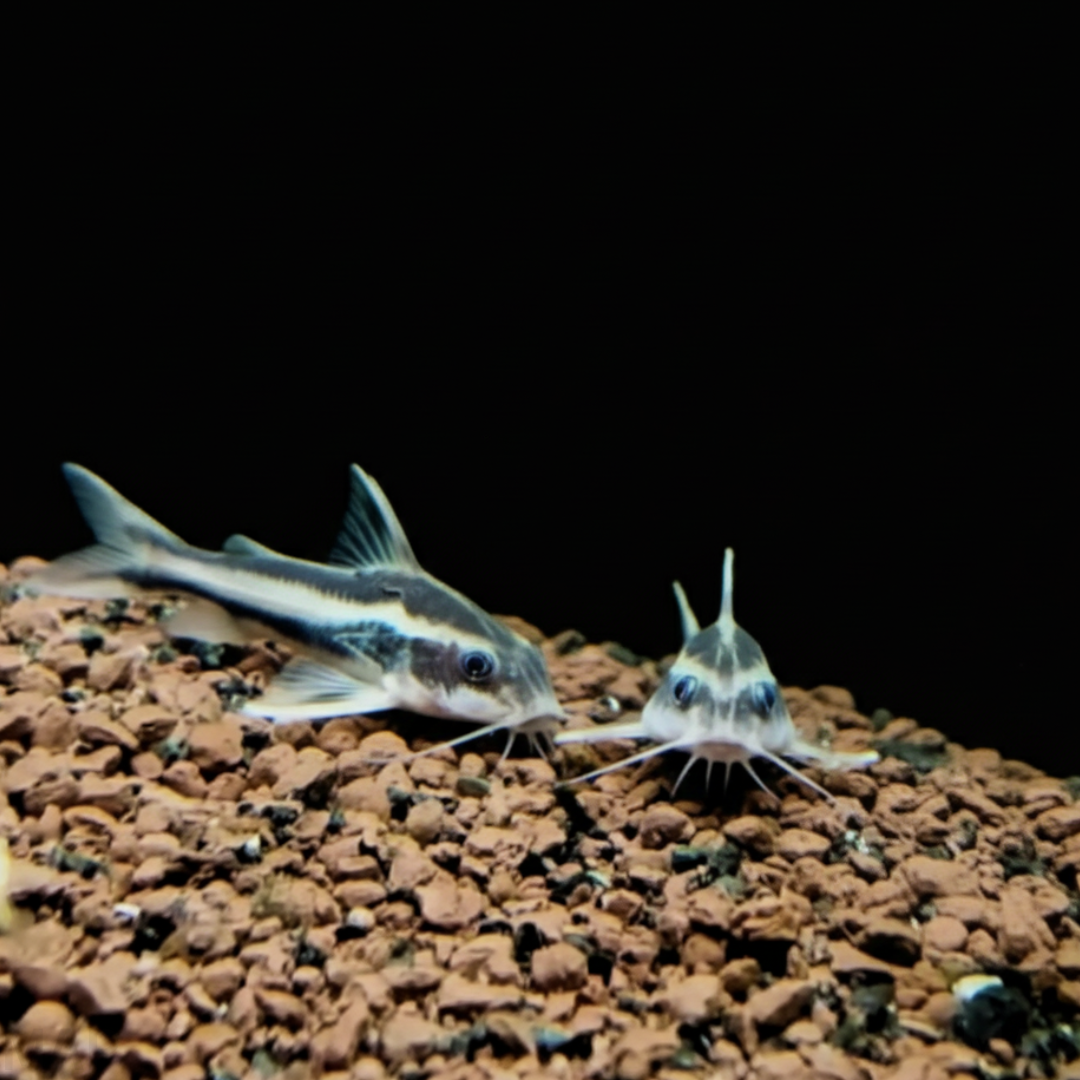
コメント